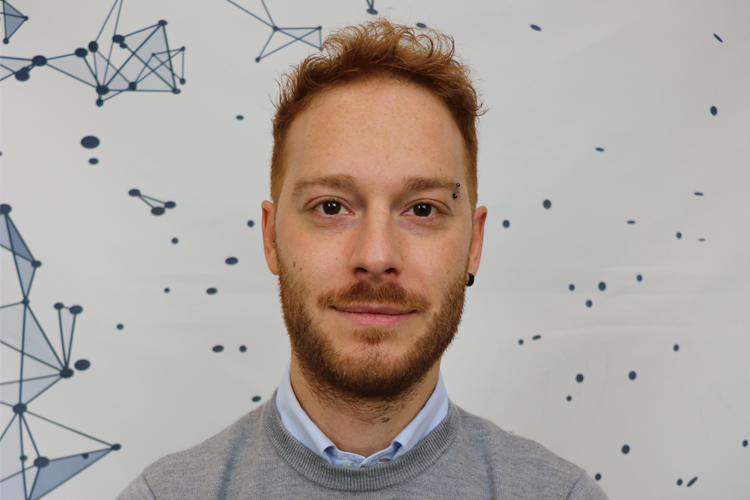IMDEA Networks

Defensa Tesis Doctoral: User Empowerment in Adaptive Video Streaming over Best-Effort Networks

Leonardo Peroni, Estudiante de doctorado, IMDEA Networks Institute y Universidad Carlos III de Madrid
PhD Defense
Video streaming is not only the largest source of Internet traffic but also one of the most economically significant industries, particularly in its adaptive form, where content is delivered in multiple quality levels via the hypertext transfer protocol (HTTP). Users purchase streaming services from streaming platforms (SPs) and network access from Internet service providers (ISPs), both of which strive to enhance user satisfaction, known as quality of experience (QoE), through contrasting methods. QoE is crucial for the ecosystem’s economy and technological advancements, but its subjective nature complicates measurement and application. Consequently, easier-to-use yet less accurate QoE proxies, termed QoE models, become prevalent.
Service providers, particularly SPs, increasingly incorporate active user involvement to boost QoE. This trend, known as user empowerment, offers users active opportunities to enhance their streaming experience. It targets increasing QoE for those who are willing to invest effort, while not impacting those who prefer a passive role. Because user participation requires balancing effort and reward, empowerment strategies must manage this trade-off effectively while ensuring simplicity and privacy. From the providers’ viewpoint, these strategies serve as extensions of core services, necessitating cost-effectiveness and easy integration. This approach enhances QoE and gives engaged users more control, fostering trust, loyalty, and a competitive advantage for the platform.
Currently, user empowerment techniques in video streaming are still nascent. This thesis aims to bridge the gap in user empowerment within adaptive video streaming, focusing on enhancing QoE through active engagement with SPs and ISPs. The work presents four key contributions: 1) A holistic exploration of the video streaming landscape, emphasizing adaptive streaming of long-form videos over current Internet architecture, while reviewing and classifying state-of-the-art methods and identifying promising development directions. 2) A method for creating personalized QoE models by engaging users in brief assessment sessions, resulting in significant QoE improvements through active learning. 3) A novel mechanism for in-band QoE communication from users to ISPs, utilizing the SP’s client interface for QoE estimation and transmission, supported by a prototype demonstrating its feasibility. 4) An evaluation of shortcomings in QoE practices and models, providing guidelines for improvement.
About Leonardo Peroni
Leonardo Peroni has completed his BSc degree in Informatic and Automatic Engineering at the Sapienza University of Rome and MSc degree in Mechatronic Engineering at the Polytechnic University of Turin. He has worked as a Technology Consultant at Hesplora, Florence. He is currently a PhD student in Telematics Engineering at Carlos III University of Madrid, and his main research interests are video streaming, machine learning and control theory.
Supervisor de tesis: Dr. Sergey Gorinsky, IMDEA Networks Institute, Madrid
Universidad: Universidad Carlos III de Madrid, España
Programa de doctorado: Ingeniería Telemática
Miembros del tribunal:
- Presidente: Maria Torres Vega (KU Leuven, Belgium)
- Secretario: Ignacio Castro (QMUL, UK)
- Miembros del panel: Maria Martini (KU London, UK)
Más información
- Tesis doctoral: «User Empowerment in Adaptive Video Streaming over Best-Effort Networks»
- Publicaciones de IMDEA Networks: Tesis
- Estudiantes de doctorado en IMDEA Networks
- Red de Alumni

